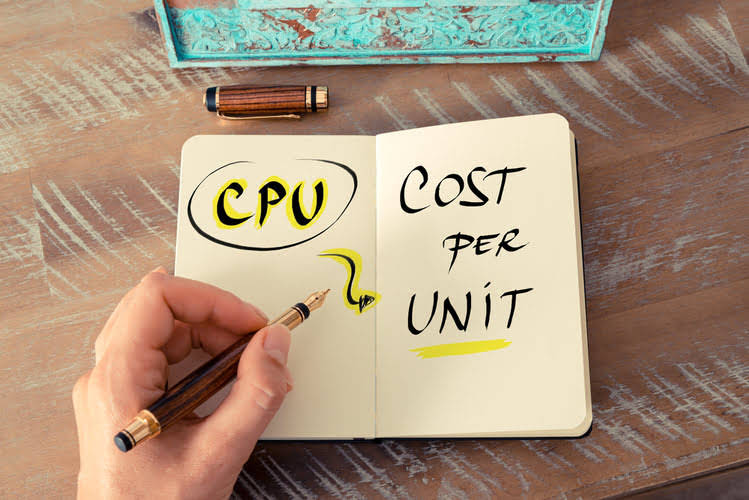
It covers hospital stays, surgeries, and even ongoing care like physical therapy. This means the injured worker doesn’t have to worry about how they’ll pay for their treatment. The National Federation of Independent Business’s (NFIB) state-by-state comparison of workers’ compensation laws can help you determine the workers’ comp requirement conditions for your business. Incorrect worker’s compensation calculations can greatly affect an employer’s cash flow. In short, overpaying for a policy is undesirable and takes away money that could have been invested into the business. Your experience modifier, typically referred to as your MOD, is a numeric representation of your company’s claim experience.

Your business wages
Insurers conduct these audits to verify the accuracy of your reported payroll and employee classifications. They ensure that you’re paying the correct premium based on actual payroll figures, not estimates. And unlike the workers’ compensation insurance rate set by the state rating bureau, adjusting entries payroll is in a small business owner’s control. Experience modification adjusts the workers’ comp rate based on an individual employer’s claims history. In general, as the number of claims increase so too do the premiums.

Best Practices for Preventing Workers’ Compensation Claims

The size of a company’s payroll impacts the insurance cost per employee. Insurers calculate premiums based on payroll, with larger payrolls usually leading to higher premiums. However, this doesn’t mean bigger companies always pay more per employee.
Legal Requirement

For instance, lower-risk industries like IT might pay less, while higher-risk sectors like construction could see much higher premiums. Factors include employee classification, company size, industry risk level, and claims history. The type of industry your business operates in Bookstime significantly impacts the cost of workers’ comp insurance. Generally, industries with higher risks of accidents, like construction, have higher premiums.
- Please refer to the terms and conditions of policies offered or purchased.
- By understanding these factors, businesses can better steer the complexities of workers’ comp insurance and potentially reduce costs.
- Incorrect worker’s compensation calculations can greatly affect an employer’s cash flow.
- Check with your state’s workers’ compensation regulatory body to find out which agency sets workers’ compensation rates.
- Personal protective equipment (PPE) is what workers use to help shield them from potential hazards.
- In the next section, we’ll dive into the factors that influence the workers comp insurance cost per employee.
- This guide will help you steer what affects these costs and how to manage them effectively.
- Workers previously considered independent contractors are now eligible for employee benefits such as workers’ compensation coverage.
- When you apply for a workers compensation insurance policy, you are required to give details of your business activities.
- Depending on your payroll, you may be able to adjust your final premium up or down each year.
- At the end of the policy period, the insurer reviews your payroll records to confirm the total wages paid.
- With our extensive, state-specific legal database, users can quickly access relevant legal decisions, streamline research, and improve precision.
At CompFox, we specialize in streamlining this how to calculate workers comp cost per employee process with our AI-powered legal research tools, designed to support legal professionals and insurance teams. For example, California has one of the higher average costs per employee at $1,213 annually, while Arkansas is much lower at $404. These differences stem from each state’s unique regulations and risk factors, like the prevalence of natural disasters or the cost of medical care.
